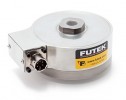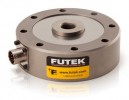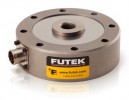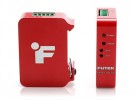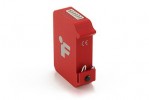Press fit force determination of an assembly
.
What is the press fit force of an assembly ?
In engineering terms, a press fit, also known as a force fit or interference fit, is an assembly of two parts mounted tightly by normal force or friction. For example, when a shaft is inserted tightly into a slightly smaller hole, interference holds both parts in place. The inserted part is typically 0.025 to 0.05 mm larger than the corresponding hole.
Depending on the degree of interference, the parts can be assembled using a hydraulic cylinder, as shown in this application note. To prevent damage during assembly, critical components can also be cooled to a temperature well below ambient to shrink one of the components before assembly. Please note that both electrical and pneumatic force fit types of assemblies can also be equipped with FUTEK sensors.
Today, press-fit technology is widely used in the manufacture of electronic and electromechanical components. Many parts are assembled with interference fits, including bushings, bearings, pins, studs, rotors, gears, pulleys and shaft collars. This technology allows manufacturers to create highly reliable electromechanical interconnections without the use of solder.
According to manufacturing industry experts, provided the components are properly designed, press-fit is the least expensive method of assembly compared to welding, fastening or gluing.
.
Why is it important to monitor a press fit force ?
Because of its many advantages over traditional joining methods, force fitting is being used more and more frequently in manufacturing plants. However, it is difficult to control manufacturing defects as part sizes shrink and assembly density increases.
A shrinkage force monitoring system is designed to detect defects accurately and reliably while performing real-time analysis to continuously improve manufacturing and achieve better assembly productivity.
Here are some common quality issues encountered in press-fit applications :
Part problems :
- Incorrect orientation;
- Oversized or undersized parts;
- Incorrect insertion;
Machine-related problems :
- Misalignment ;
- Incorrect cylinder speed;
- Loose fasteners;
- Low hydraulic/pneumatic pressure.
The solution is to use a monitoring system that ensures that the assembly process is properly monitored and that quality problems can be detected in real time. The monitoring system uses force measurement to accurately and reliably detect defects and performs real-time analysis. FUTEK's load cell sensors are ideal for these applications, as they provide extremely accurate results over millions of assembly cycles.
.
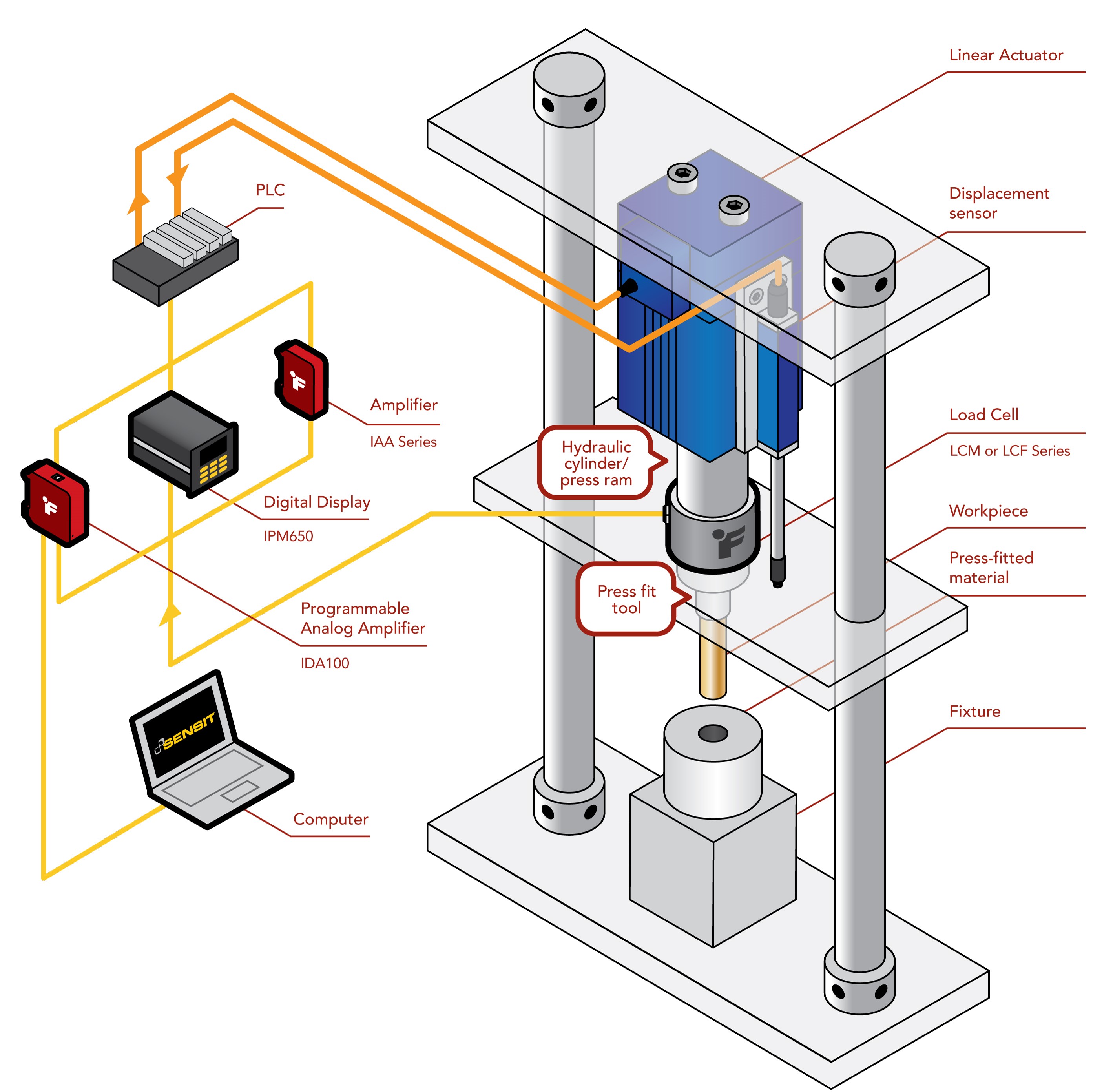
.
The press-fit device can also be equipped with a displacement sensor to measure the movement of the cylinder during the operation. The data captured by these two sensors provides a measurement of force and displacement to verify the characteristics of the assembly: Force vs. time, Distance vs. time, and Force vs. distance.
.
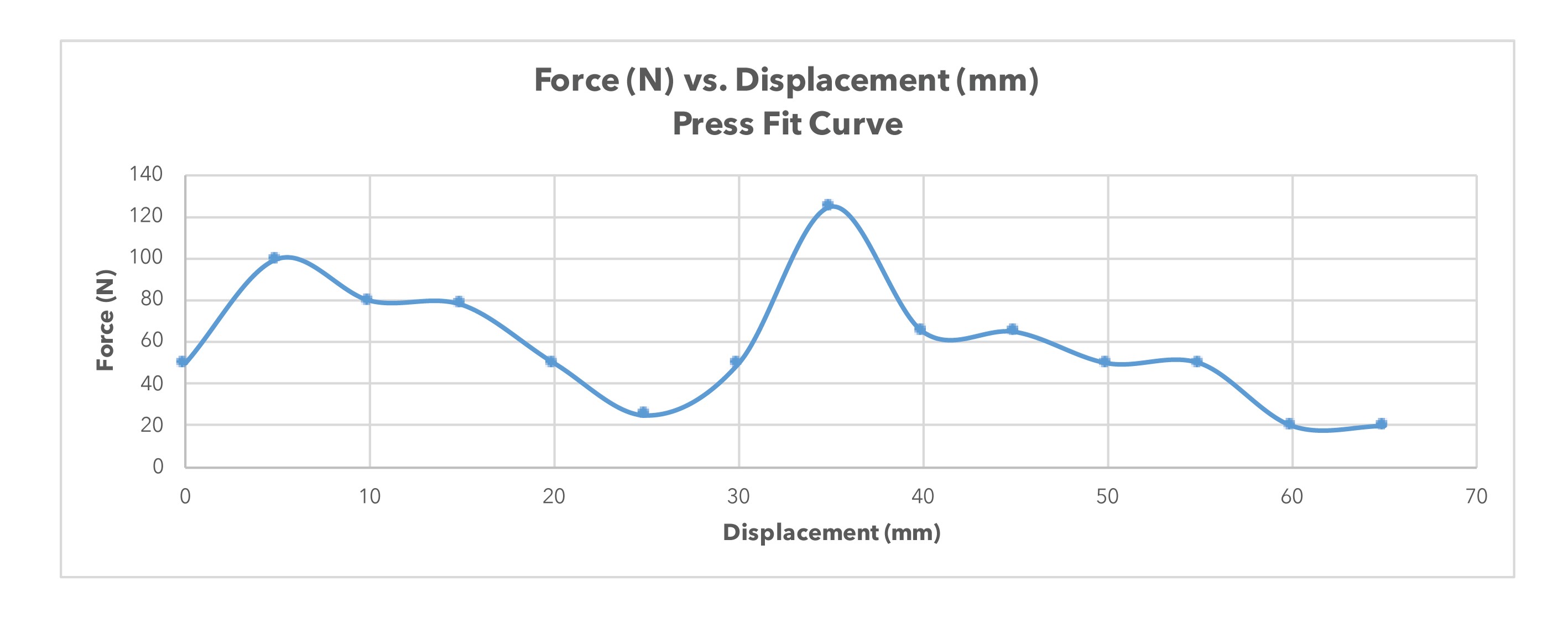
.
How it works :
- The LCF300 universal "wafer" type load cell is positioned between the piston of the linear actuator and the shrink fit device.
- When the hydraulic or electric actuator inserts the part (e.g. shaft) into the material to be inserted (e.g. hole), the LCF300 measures the insertion force exerted.
- The force measurement signal from the LCF300 is sent to a digital display (IHH500, IPM650) or to one of the FUTEK signal conditioners (IDA100 or USB520). The signal can also be displayed on a PC with our SENSIT force measurement software.
- An amplified analog signal can also be sent to the PLC that controls the hydraulic or pneumatic press, which allows real-time action on defects and quality problems in press-fit assembly.
- In addition, SENSIT software can be used to record the sensor output for quality control purposes.
.
Products used :
- LCF300 - Compression load cell "wafer" type.
- IAA Series - Analog strain gauge amplifier with voltage output.
- IPM650 - Digital indicator with USB output.
- IDA100 - Strain gauge amplifier with digital and analog output.


